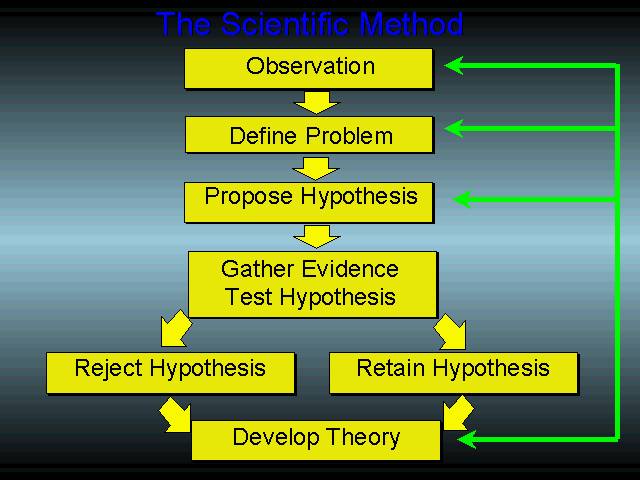Cards In This Set
| Front | Back |
|
What is the Definition of Science?
|
Systematic knowledge of the physical or material world gained through observation and experimentation.
|
|
What is the Definition of Technology?
|
The sum of the ways in which social groups provide themselves with the material objects of their civilization.
|
|
What is the Definition of Scientific Model?
|
A representation of an object or system.
|
|
What is the Definition of Scientific Method?
|
A method of research in which a problem is identified, relevant data are gathered, a hypothesis is formulated from these data, and the hypothesis is empirically tested.
|
|
What are the 3 Branches of Natural Science?
|
Earth science
Physical science Life science |
|
What is the Pure Science? How do scientists practice pure science?
|
Pure science is science done in a laboratory. It is also called natural
science. Applied science is also called technology or engineering. It is
done outside. In pure science, a biologist might discover a drug that
kills a bacteria.
|
|
What is the difference between scientific law and scientific theory?
|
A scientific law is an assumed truth which forms the basis of your
theory. Scientific laws are universal and describe observed events.
Scientific theories use fundamental laws to logically form new ideas or
explain new phenomena. The absolute best example I know of is the law of
conservation of energy.
|
|
Diagram the steps of the Scientific Method.
|
 These are the steps of the Scientific Method. |
|
What reason(s) can scientific theories be changed or replaced?
|
When there is ample
experimental evidence to suggest the theory cannot make valid
predictions or when parts of the theory are incompatible with more
established theory.
|
|
Why is no experiment a failure?
|
You have learned what does NOT work. 2. You will lose your funding if you report a failure.
If you do not record the input and or output and if you do not learn then it is a failure. But no experiment properly executed is a failure. |
|
What is the difference between precision and accuracy?
|
Precision is the number of places to the right of a decimal point you
can get in a measurement. Accuracy is how closely your measurement or
your measuring device conforms to a standard.
|
|
What are the components of a data table? Practice making a data table or graph.
|
This is a Data table. |
|
What are the components of a graph? Practice making a graph (Line graph) of Data.
|
 This is a line graph. |
|
Analyze graphs.
|
THey are
|
|
Be able to state the independent and dependent variable for an experiment.
|
The independent variable is typically the variable representing the
value being manipulated or changed and the dependent variable is the
observed result of the independent variable being manipulated.
|



